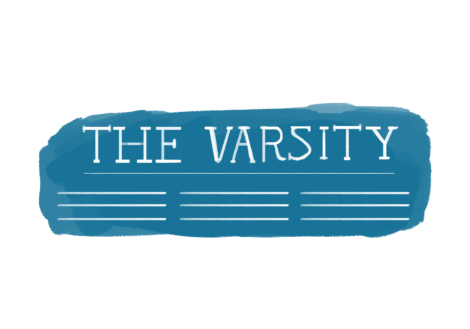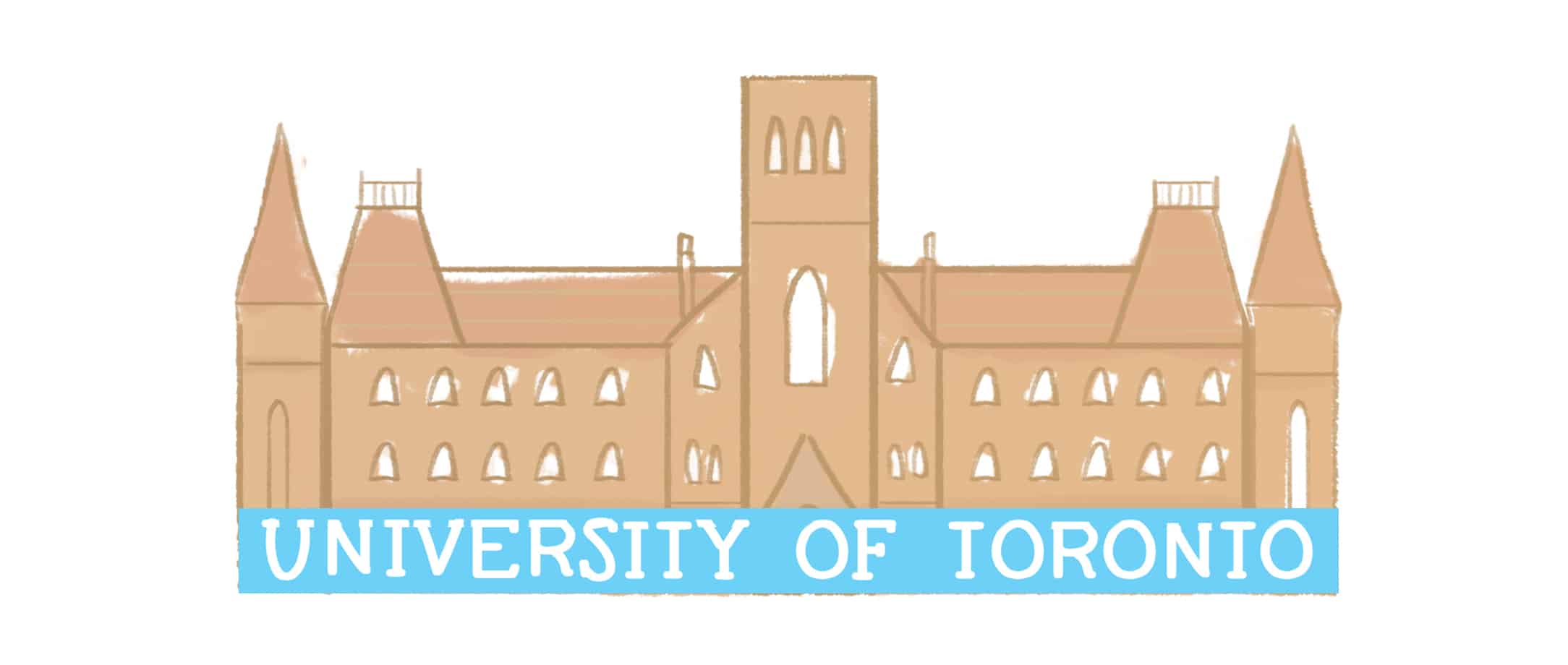Hypertabs is The Varsity’s online features subsection about all things internet. Our goal is to explore the depths of the online world and understand how it shapes our habits and affects our communities.
Often, for those with Google Chrome set as their default browser, Google greets them in the morning and tucks them into bed at night. To complement such a maternal and nurturing image, Google even shares a diverse range of stories with its users; these include people, places, and special events — both current and historical. These stories, encapsulated in Google Doodles, strive to captivate, engage, and educate the user while simultaneously offering a brief vehicle of escapism from the everyday business of real life.
A medium of welcome
As the web browser loads, the user, with child-like excitement, awaits the debut and display of a Google Doodle. Will there be a Doodle today? If so, of what? Google Doodles provide prompt and sensational ‘Google-friendly’ welcomes. They serve as a multi-dimensional presentation of information, replete with aesthetic visuals, animation, audio, as well as a hyperlink to a webpage of relevant text.
At times, there’s even the opportunity to interact with the doodle. The “Pac-Man’s 30th Anniversary” doodle is a perfect example of this: when you click “Insert Coin,” a mimetic version of the game will begin to play. If any user itches to learn more, they can do so with simplicity and convenience by clicking the hyperlink and exploring the redirected webpage.
A medium of encouragement
As an intriguing side note, Google encourages its young users to take time for visual arts by way of an annual contest called Doodle 4 Google. The 2017 theme for the contest was, “What I see for Canada’s future is…” With monetary and technological prizes presented to the various winners, Google presents itself as a company that rewards the artistry and inventiveness of others, especially youth.
A medium of play
The user may open their browser to see a new doodle, or they may just see the standard Google logo. Because of this ever-changing and suspenseful experience, opening Google Chrome becomes a dynamic adventure of sorts.
Part of this play ties to the decoding of a doodle when it appears. Something surely appears to have changed, but the doodle is still recognizable to its audience. The user must look beyond the admirable audio-visual and experiential presentation to make out the Google logo, which appears in differing degrees of clarity in different doodles.
In the “Children’s Day 2016” doodle, the Google logo is fully and clearly visible. In other cases, the logo attempts to hide, as some of the letters become embedded into the doodle’s setting, visuals, or video: see the “Great American Eclipse 2017” doodle, or “Celebrating Victor Hugo.” The Google Doodle may even completely obscure the logo lettering, leaving the user to pick up on other clues.
In the “660th Anniversary of Charles Bridge” doodle, there are six distinct lights on the bridge in the evening slide of the animation; the word ‘Google’ has six letters. In addition, the colours of each light indicate, or signify, the iconic colours of Google.
Google Doodles invoke the idea of the fleeting imagination: the user observes, explores, and reflects upon the engaging visual; doodles open the mind to both knowledge and creativity; yet one Google Doodle moment will not last for long. The doodle arrives one day, a pleasant surprise, and typically disappears the next. Though users may be troubled, having enjoyed the previous doodle, they are also excited as they ponder the possibilities of the next one.

A Varsity doodle. ELHAM NUMAN/THE VARSITY
A medium of culture
When examining the Google Doodle Archive, I noticed that not all doodles are seen globally. If the user clicks a particular doodle, a map shows where in the world it will appear and which audience has been targeted. For example, only Canadian users have access to the “Canada National Day 2017” doodle.
When many countries celebrate a certain occasion or event on different days, Google tends to repeat the same visuals in each country; they use translatable and recognizable images that are typically comprehended universally. We can see this with the “Teachers’ Day 2017” doodle, which portrays a teacher, blackboard, and students.
The Google Doodle Archive serves as a not-so-secret home to past and present, local and international curated doodles, where users can explore rows upon rows of visually appealing creations. This idea of preserving past Google Doodles calls for reflection. Why preserve something typically considered low art or culture?
In this case, as with many other examples, Google strives to, it seems, blur the line between high culture and low culture. While some Doodles are quite simple and animated, others are intricately detailed masterpieces. See the stunning “Rembrandt van Rijn’s 407th Birthday” Doodle for an exceptional illustration of this. This Doodle, by Jennifer Hom, shows the great time, effort, and skill put into many of the creations.
A medium of learning
Although there are, in truth, a myriad of motivations and aims for Google Doodles, the most conspicuous would be historical and cultural learning. Namely, Google Doodles serve as a visual translation, interpretation, and simplification of chronology, connecting dates to momentous and consecutive events, people, inventions, and so on.
They make up an aesthetic timeline of the past, as integrated into the present through technological means. Users can follow along, day by day, to a sequence — mapped out by time — of history and culture.
What story, or Google Doodle, will Google share with us today, tomorrow, or next week? Click daily to find out — you might just learn something.


